Broader US Market Conditions And How They Affect Maui
.jpg)
It’s no secret that property values and prices on Maui have increased at an astronomical rate since interest rates were slashed in 2020 during the pandemic. While properties on Maui typically appreciate slightly faster than most other markets, a similar vertical pricing trajectory has been happening across the country. Even today, we are still in one of the hottest seller’s markets in history.
Fortunately for buyers, there are some indicators at the national and local levels that the market is shifting slightly and should begin to level out. The clickbait stories in the national media want us to believe that we are in a housing bubble, but how likely is it that home prices could actually be lower in the next year than they are today?
Has The Market Peaked?
While major indicators are showing signs of a real estate market slowdown, many experts are not expecting a decline in home values. In fact, you may expect a more modest level of continued growth in home values. Keep in mind that home prices are still soaring. In fact, as of April 2022, the year-over-year median sales price was up 14.8% nationally, according to the National Association of Realtors.
The median sales price of existing homes in the US topped $391,000 at that time, which was an all-time high. On Maui, our median residential single-family home price is 1.2M, 3 times the national average, and a 27.4% increase from the previous year and our median price of all properties was 872k in May of 2022. Low supply and high demand are still driving the market. Until there is approximately two to three times the number of properties for sale at any given time, prices will continue to rise and we can't foresee any event that would create this scenario in the short term.
Rising Interest Rates Are Designed to Cool The Market
As you know, the Federal Reserve is responsible for steering monetary policy in the United States. One of its primary tools for doing so is adjusting the federal funds rate. This is the interest rate for credit unions and banks when they lend money to each other. By raising the interest rate, the Federal Reserve essentially clamps down on the free flow of money.
The banks and local lenders, in turn, increase their interest rates for consumers. Recently, the Federal Reserve’s interest rate has been bumped up to 1%. It was at 0% as recently as March 16, 2020. Several more rate increases are projected throughout the remainder of 2022. These increases are in direct response to inflation. The inflation rate in the U.S. hit 8.3% in April 2022, which is close to a 40-year high. The hot housing market has been one of the many driving factors for the increase in inflation.
Browse Condos For Sale Around Maui
Where Will Rates End Up?
As a result of the Federal Reserve’s recent change in monetary policy, the average interest rate for a 30-year mortgage is now higher than 5.3%. It was below 3% for much of 2020. When interest rates are low, homebuyers can more easily afford higher-priced homes. While home prices have been escalating rapidly in recent years, the lower interest rates enabled buyers to absorb those increases.
Now that interest rates are higher and are projected to increase further, however, affordability is increasingly a concern for buyers. This is magnified by the fact that real estate prices have continued to rise thus far. The Fed has indicated at least a couple of more quarter-point increases are on the way over the next year, but they seem intent on balancing the needs of the economy by doing this slowly and based on broader economic news, especially from retail sectors.
Balancing Affordability With Demand
Home affordability is an increasing concern in many real estate markets across the country. When buyers simply cannot afford the mortgage on a new home, sales slow. As a result, the median sales price of existing homes will gradually even out. Essentially, the rising interest rates will flatten sales prices to keep affordability in check. If interest rates rise too much, however, sales prices in some markets may decline.
The Federal Reserve strives to maintain a reasonable level of economic growth, so it keeps a close eye on the real estate market. If home prices decline, you can expect the Federal Reserve to adjust its monetary policy accordingly to promote economic health. With this in mind, rising interest rates will serve to stabilize home prices. However, growth, albeit more modestly than in the last two years, in real estate prices is expected to continue.
Newest Maui Properties For Sale
(Slightly) Slowing Real Estate Sales
There are many factors that drive real estate sales. For example, home prices in many markets have risen so sharply over the last few years that wages have not kept pace. The net effect is that housing affordability has actually declined in markets across the country. When people cannot afford the sales price of a new home, sales will naturally decline. Essentially, home prices cannot continue their breakneck pace upward indefinitely.
Interest rates also impact affordability. When interest rates rise, the upper sales price limit that a buyer could afford declines. In this way, interest rates can rein in sales prices so that they are more aligned with what buyers can afford.
It is important to note that affordability is also affected by the cost of living. Rising inflation has been spurred by rising food and gas prices as well as price increases for cars and other goods. Inflation has hit all markets across the country. In some cases, it has added a few hundred dollars or more to a person’s monthly expenses. This impacts the amount of money that is available for housing each month. Some of those who may have otherwise been planning to buy a home in the near future may no longer be able to afford to do so.
A Slight Increase in Listings is a Great Sign
These effects on home sales are already evident. In fact, as of April 2022, home sales have declined, even if slightly, for four straight months. Many homeowners have continued to list their homes for sale over the last few months. Because there is a general fear among some homeowners that they could miss out on the opportunities presented through the hot real estate market, many have decided to jump into the market.
A positive indicator for buyers is that, as of May 26, 2022, listings jumped 9% in one week compared to the same time last year. At the same time, however, the number of signed sales contracts has declined. In April 2022, pending home sales were 4% lower than the previous month and 9% lower from a year ago. Be aware that this increase in listings may be short-lived as the market continues to cool.
Months Supply of Homes Going Up Nationally, Not Yet Locally
The key metric and major indicator that the market is leveling out will be 'months supply of homes'. This basically says that in any given real estate market, if no new inventory were to become available, the existing inventory would sell in this number of months. Prior to the pandemic that number was around 6 months, at its low, this number was around 1 month. The supply of homes on the national market has recently increased overall. This is a product of buyers being a little more discerning about what they offer and how aggressive they go.
In January 2022, the supply of homes for sale was 1.6 months. However, this is now increased to 2.2 months. As interest rates rise and affordability increasingly becomes a concern, the supply of homes available is expected to increase further. This is a sign of a more balanced real estate marketplace, it does not indicate that a housing market bubble is about to burst or that there was ever a bubble, to begin with.
It is important to note that the supply of homes describes both existing homes and new construction homes. In many areas, rental rates have increased dramatically as well. This means that both buying and renting are increasingly unaffordable for many people. To combat this problem, some areas have tried to increase the supply of new homes. One way that they have tried to do this is by easing building restrictions. While this does not apply to all markets, it has a direct impact on supply in specific areas.
South Kihei Condos For Sale
Supply Chain Issues
Supply chain issues that have been directly caused by the COVID-19 pandemic have impacted construction as well. In fact, in some markets, builders struggled to keep up with demand over the last year. Some builders had waiting lists for their homes. While supply chain issues continue today, they have eased slightly. This has resulted in a more reasonable supply of new-construction homes in some markets. As the demand for homes continues to wane, this supply is expected to increase.
When the supply of homes in a market increases, prices will naturally level off. There may be fewer bidding wars, and many homes may sell for the asking price. If supply continues to outpace demand, buyers may be in the position to offer less than the asking price. Homes may also remain on the market for a longer period of time, and this may drive some sellers to consider making seller concessions.
If the housing market becomes extraordinarily saturated with listings of new and existing homes, there is the potential for listing prices to decline overall. However, there are many factors in place that may make this highly unlikely. For example, the Federal Reserve can respond to oversaturation in the market by adjusting interest rates. In addition, as prices level out, the demand among buyers may stabilize.
Wailea Homes For Sale
The Future of the US Real Estate Market
The housing market crash that started with the Great Recession of 2008 had harsh impacts on millions of people, such as through foreclosures and short sales. As a result, today’s homeowners understandably are concerned about the possibility of a repeat event. While there is always a chance that home prices could plummet in the near future, the reality is that this is unlikely.
Consider, for example, that the previous housing market crash was the result of extremely lax lending standards along with regulatory oversight. Many homeowners were granted mortgages that they could not comfortably afford. Others were given adjustable-rate mortgages that became unaffordable as interest rates increased. Since that time, lending standards have dramatically improved. For example, there are stricter debt-to-income ratio requirements in place, and zero-down mortgages are generally only available through the USDA and VA loan programs today.
The Influence of the Federal Reserve
In addition, the Federal Reserve meets eight times each year. Prior to each meeting, it carefully analyzes all aspects of the national economy. The housing market is influenced by other sectors of the economy, including inflation, unemployment, and more. With this in mind, the Fed’s well-rounded approach to making interest rate adjustment decisions will help the housing market to come in for a soft landing. If signs of a pending crash are identified, the Fed will undoubtedly make rapid adjustments as a preventive measure.
Interest rates and lending policies undoubtedly play a major role in the future of the US real estate market. This is because they impact demand. Supply is also a key factor that impacts the market. When supply far outpaces demand, housing prices may level off and eventually decline. However, a sharp increase in supply is unlikely. As housing prices cool off, some sellers may be less inclined to list their homes for sale.
However, the availability of new-construction homes may increase in the near future. This is because of expected easing in the supply chain for building materials and the increase in interest rates. With this in mind, supply and demand are expected to become more aligned. As a result, the health of the market may improve overall.
What We Can Expect
Whether you plan to buy or sell a home in the months ahead, you understandably need to know what to expect. Many buyers are rate-sensitive. If you are buying a home, you may be inclined to make an offer sooner rather than later in order to lock in a great interest rate. If you are selling a home, you may be inclined to list your home for sale soon before the market cools off and still have a chance at inciting a bidding war.
While these are reasonable motivations, it is important to note that the market is expected to find a level of equilibrium in the near future as all of these various factors leave their mark.
With so many factors at play and with notable uncertainties in many aspects of the global economy, you should also be aware that it is not possible to accurately predict what the market will do at any given time. Nonetheless, experts tend to agree that the market will improve for buyers over the next 12 months and we are most likely going to return to a pre-pandemic level of yearly price appreciation. If you or anyone you know would like to discuss the current market and how you can be successful in it, please feel free to call, text, or email me anytime.
Get In Touch With Evan!
_(1).jpg)
Evan Harlow ranks among the best real estate agents on Maui annually and is in the top 1% of Coldwell Banker agents worldwide in production. Evan has the expertise, experience, and work ethic to help you achieve your real estate buying and selling goals. We promise exceptional service and support from the beginning of the process through closing and beyond. See what Evan's clients are saying on Google.
Posted by Evan Harlow R(S) on

 (1) (1).jpg)



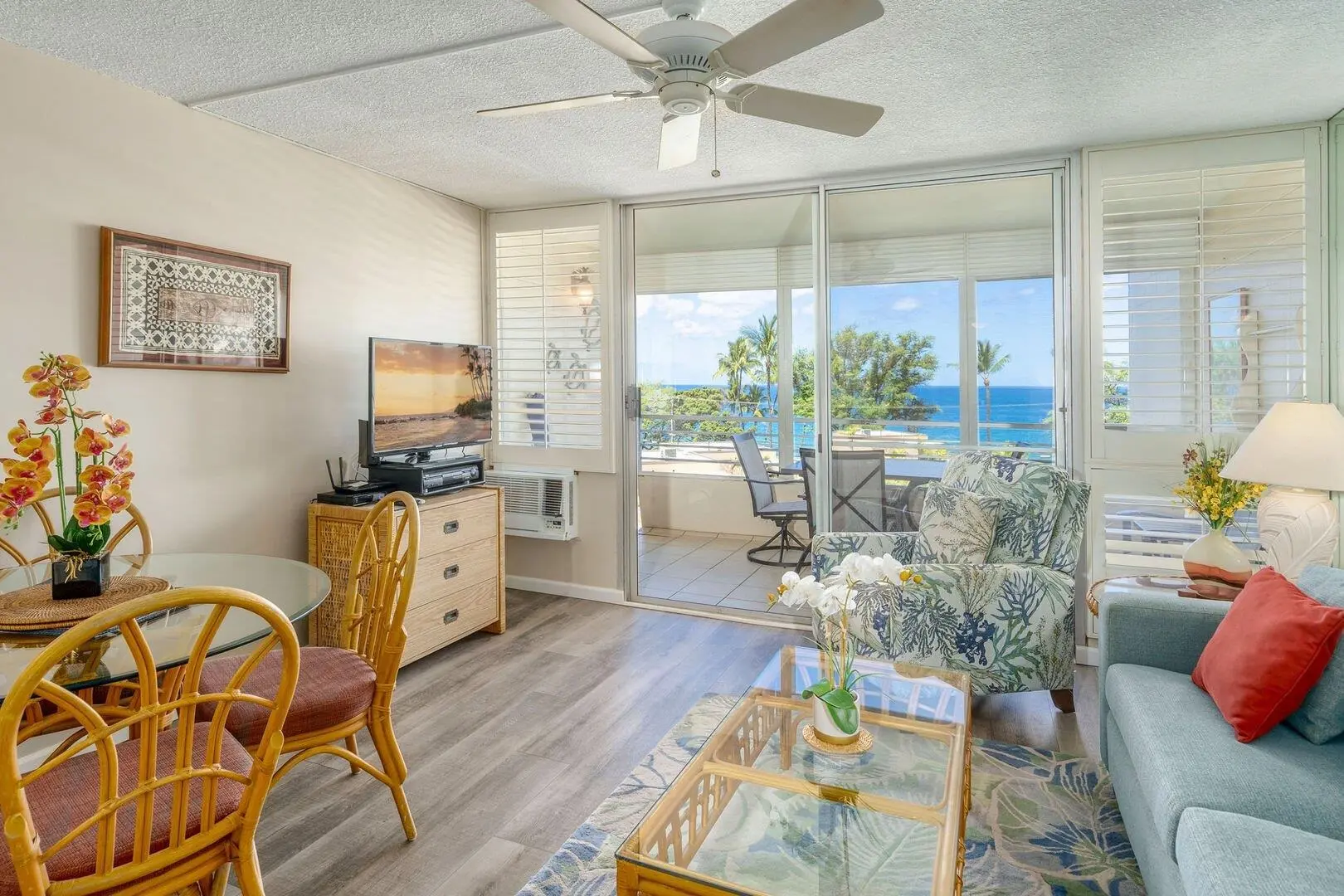


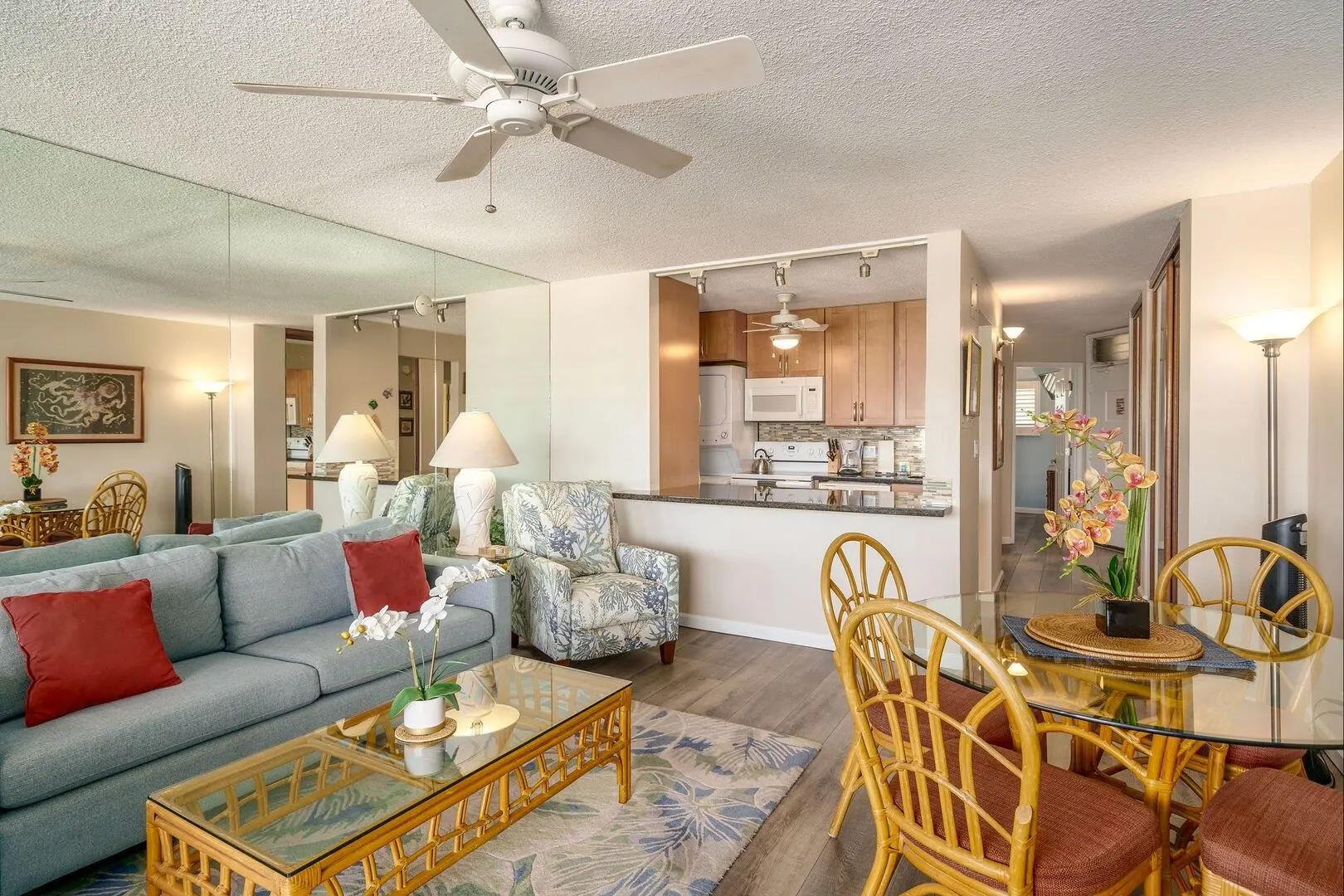






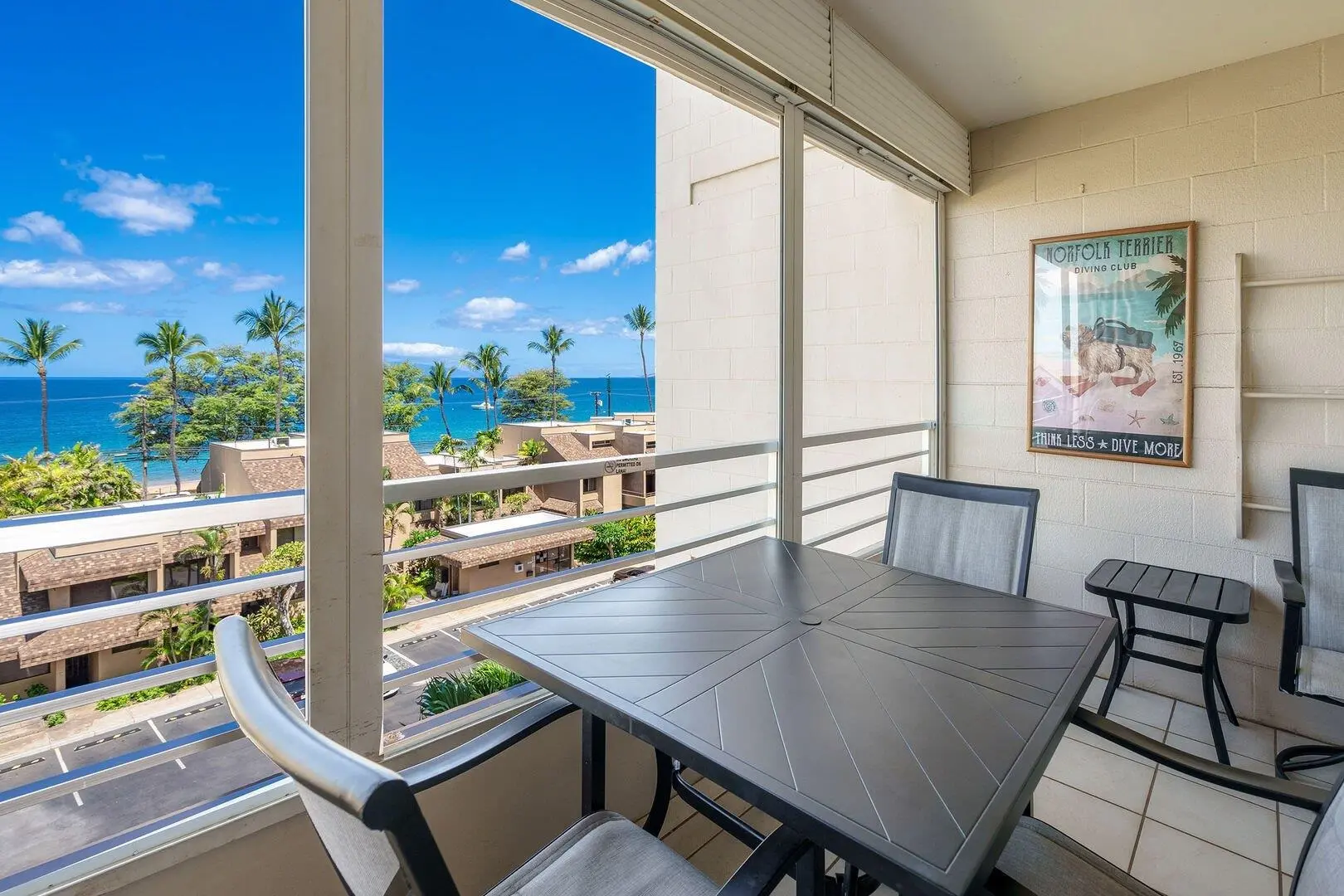











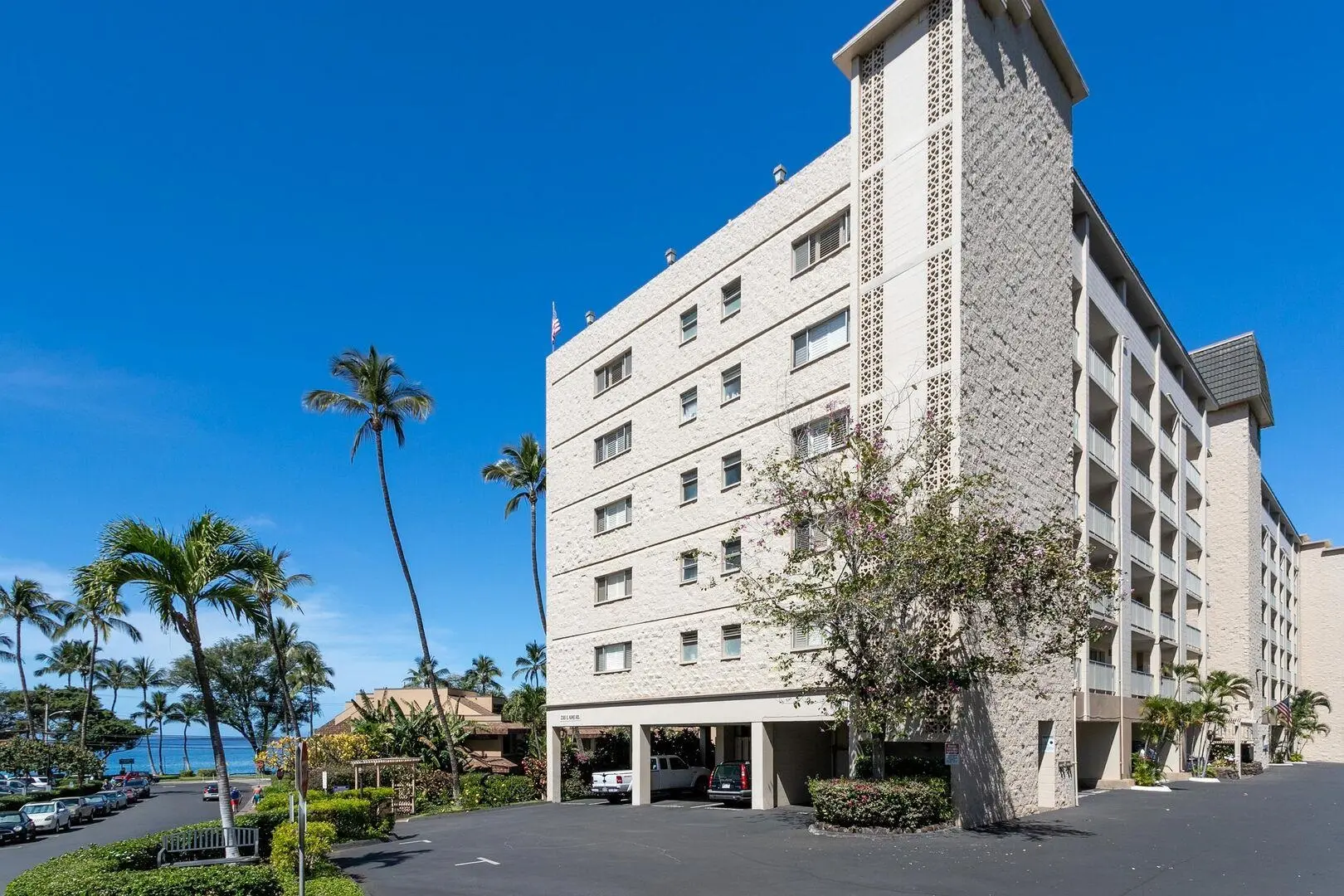











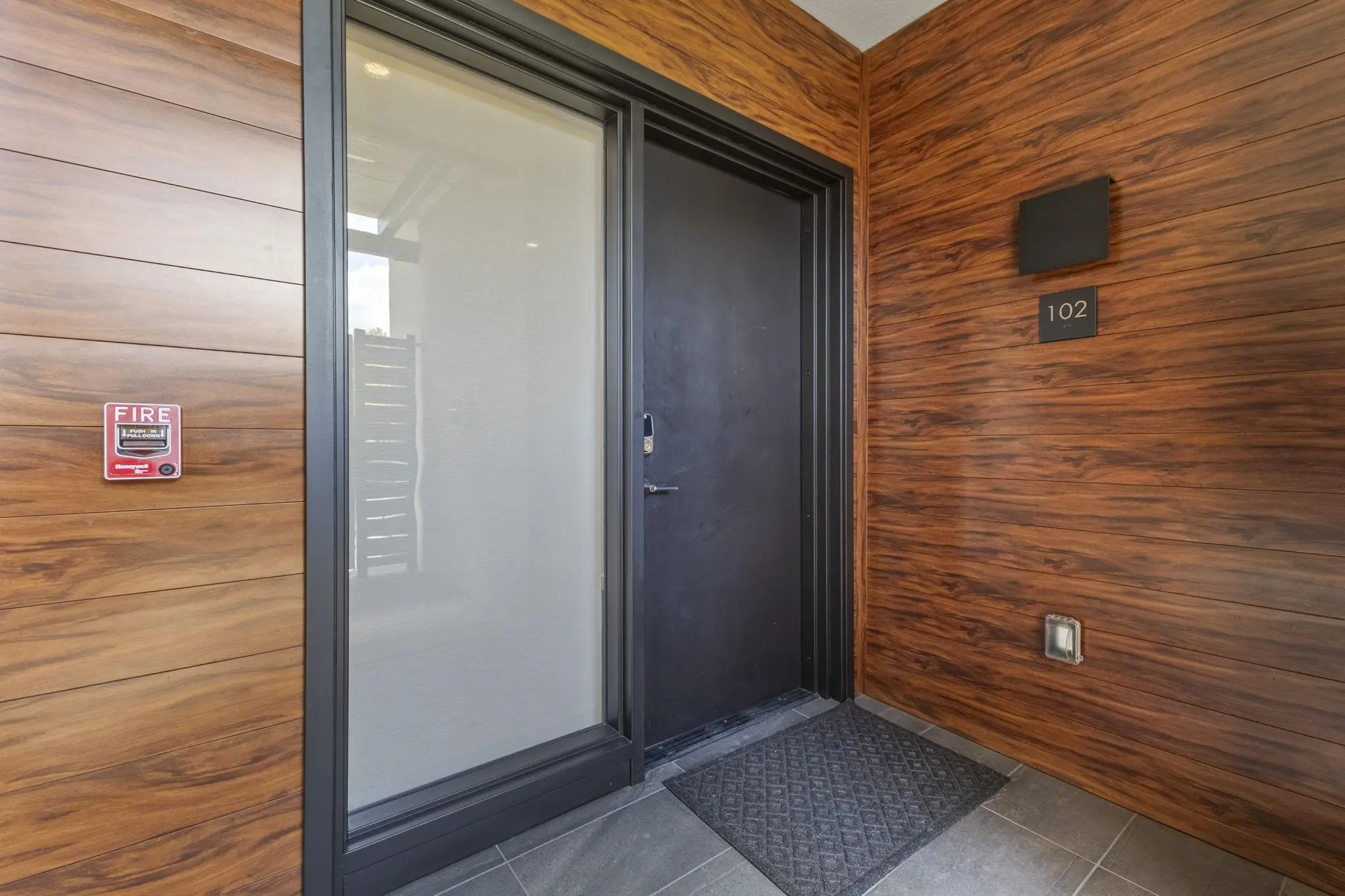







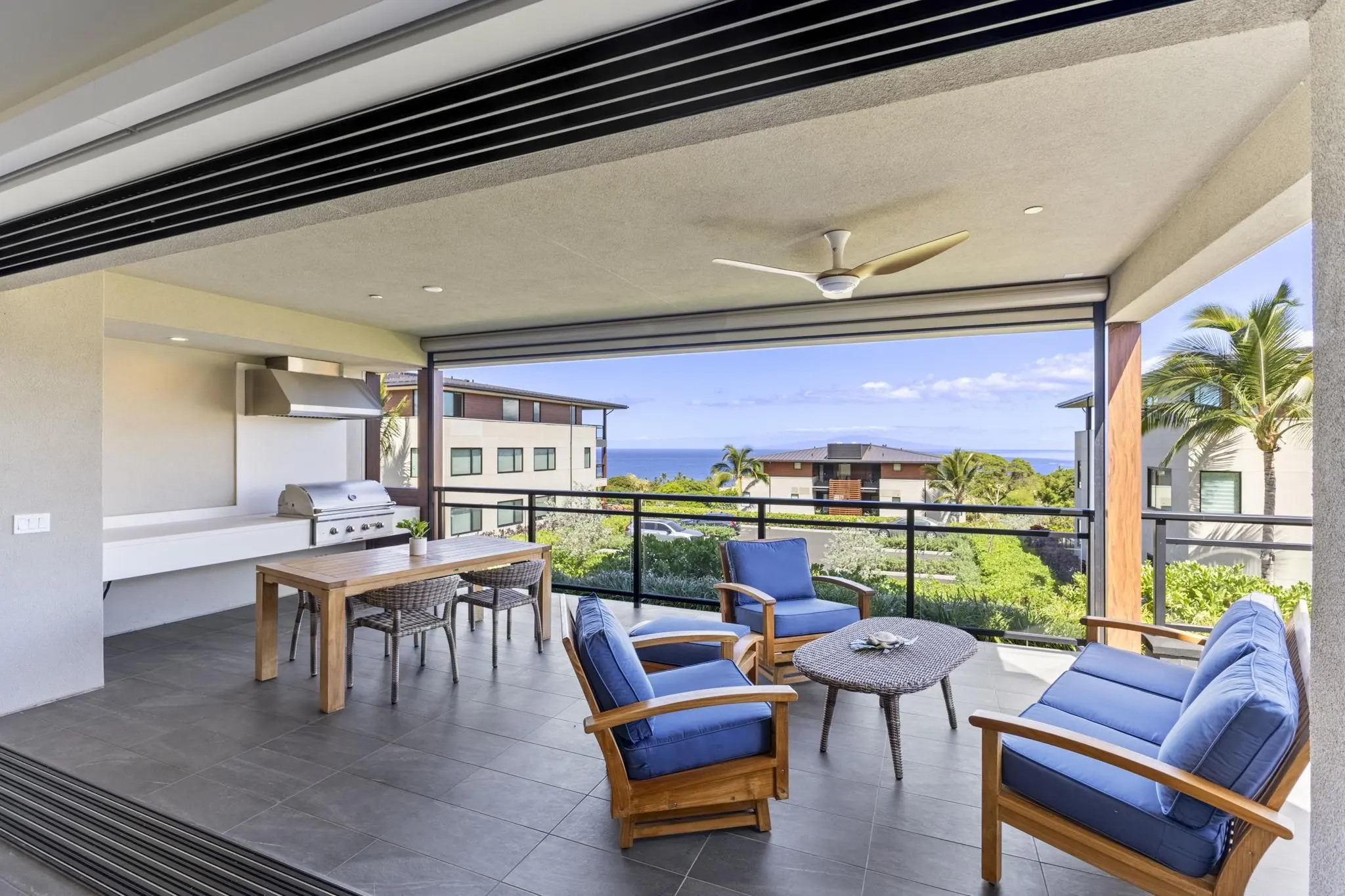






























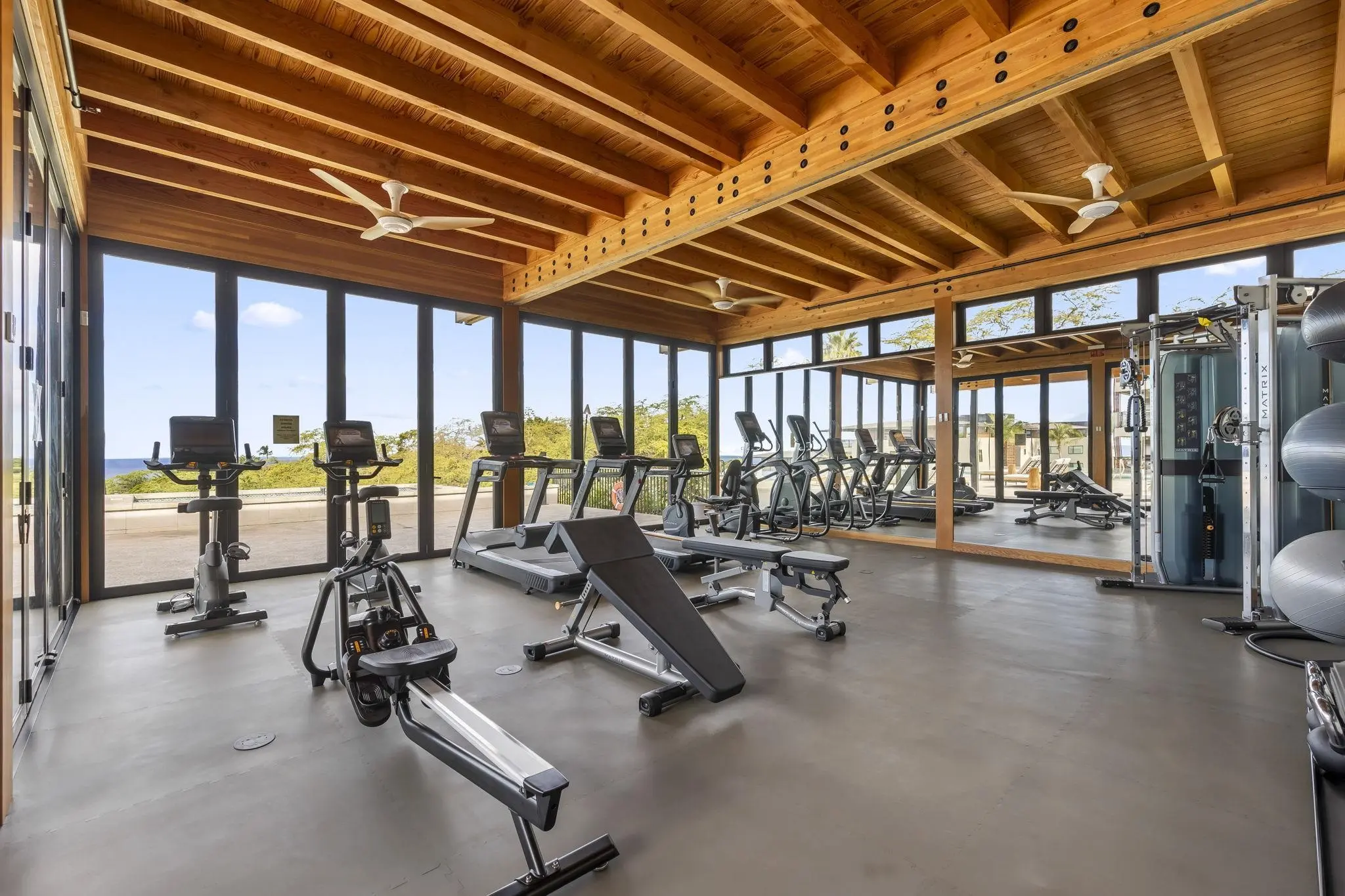

























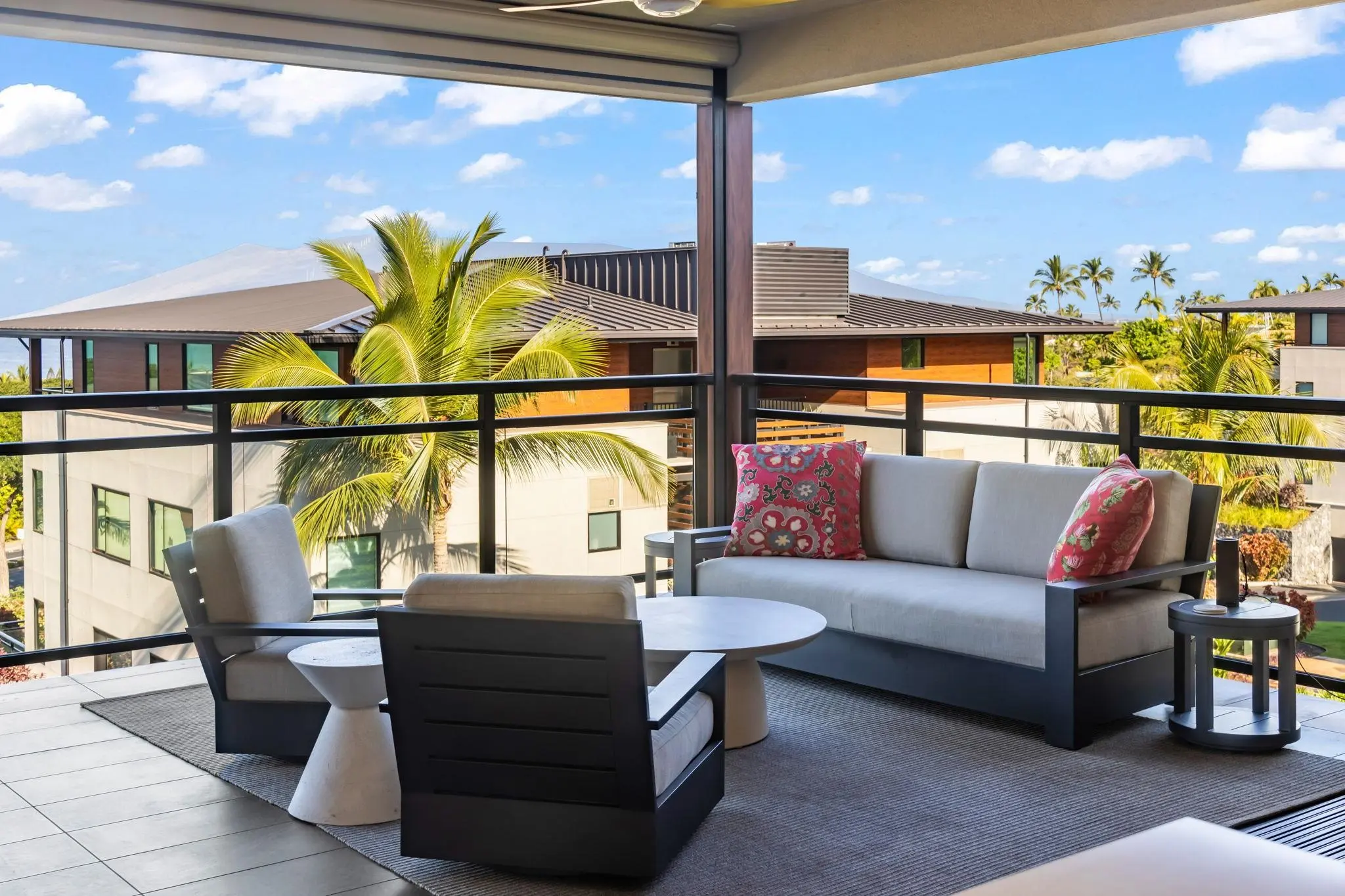






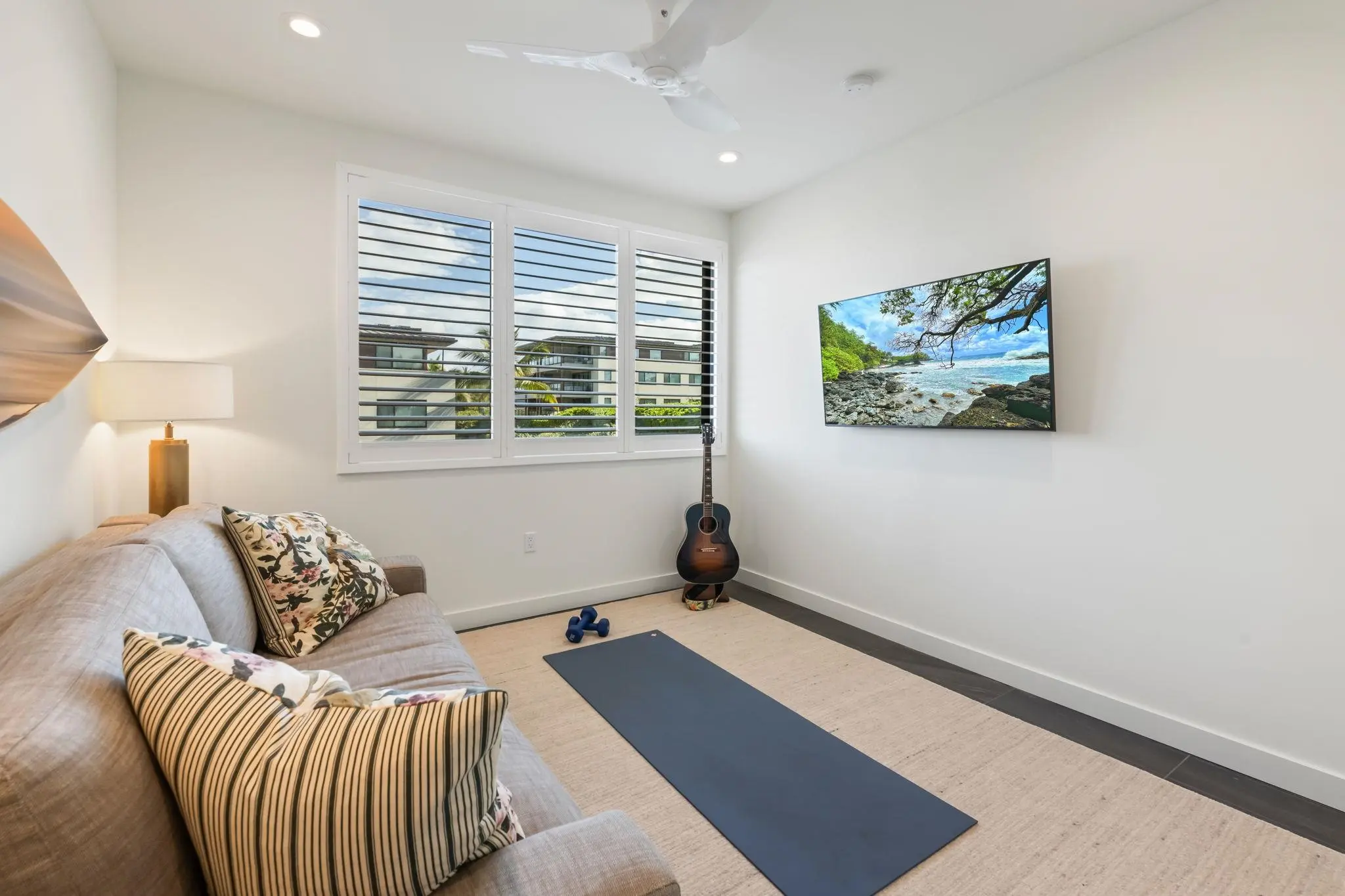




















































































































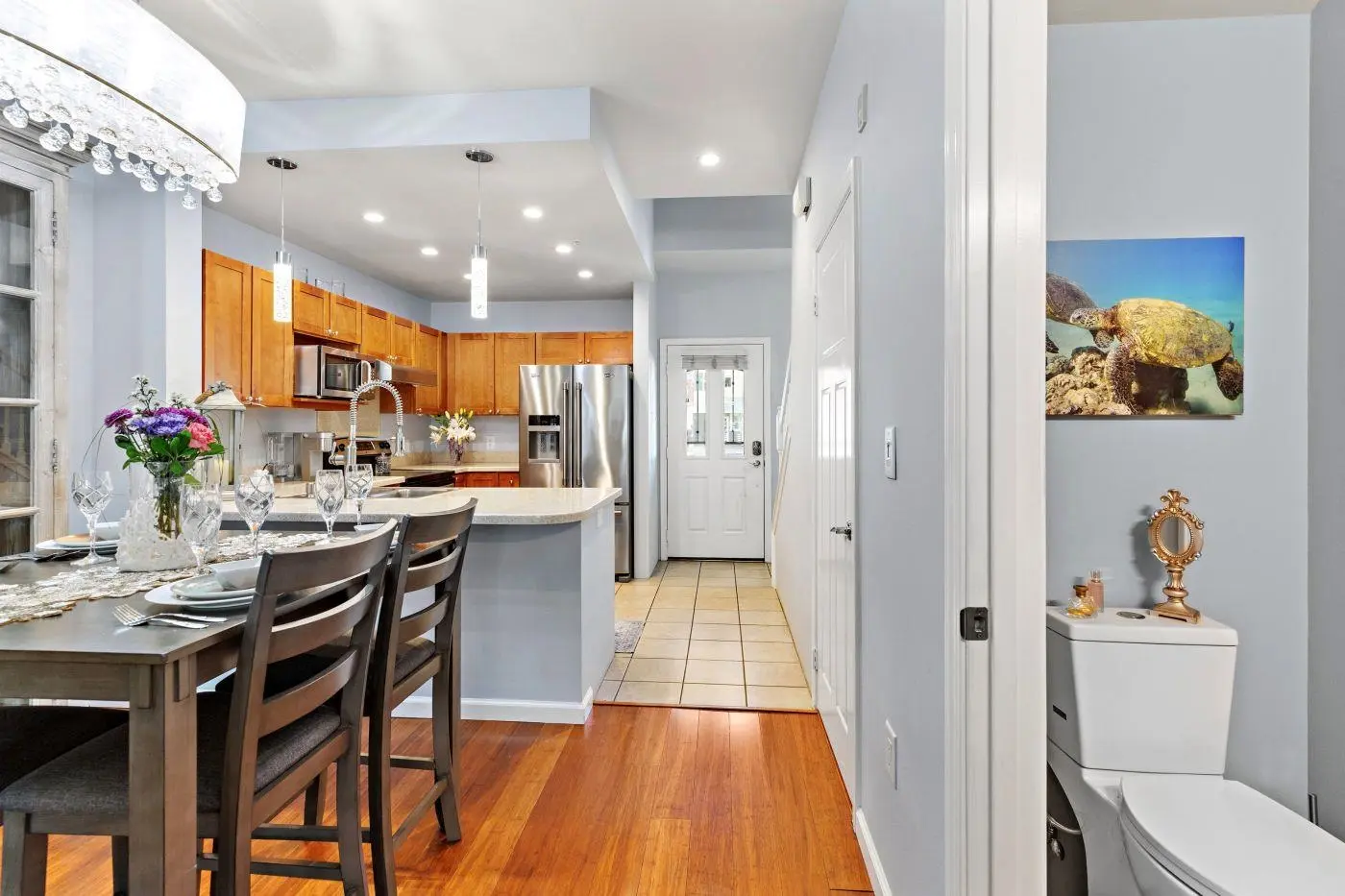






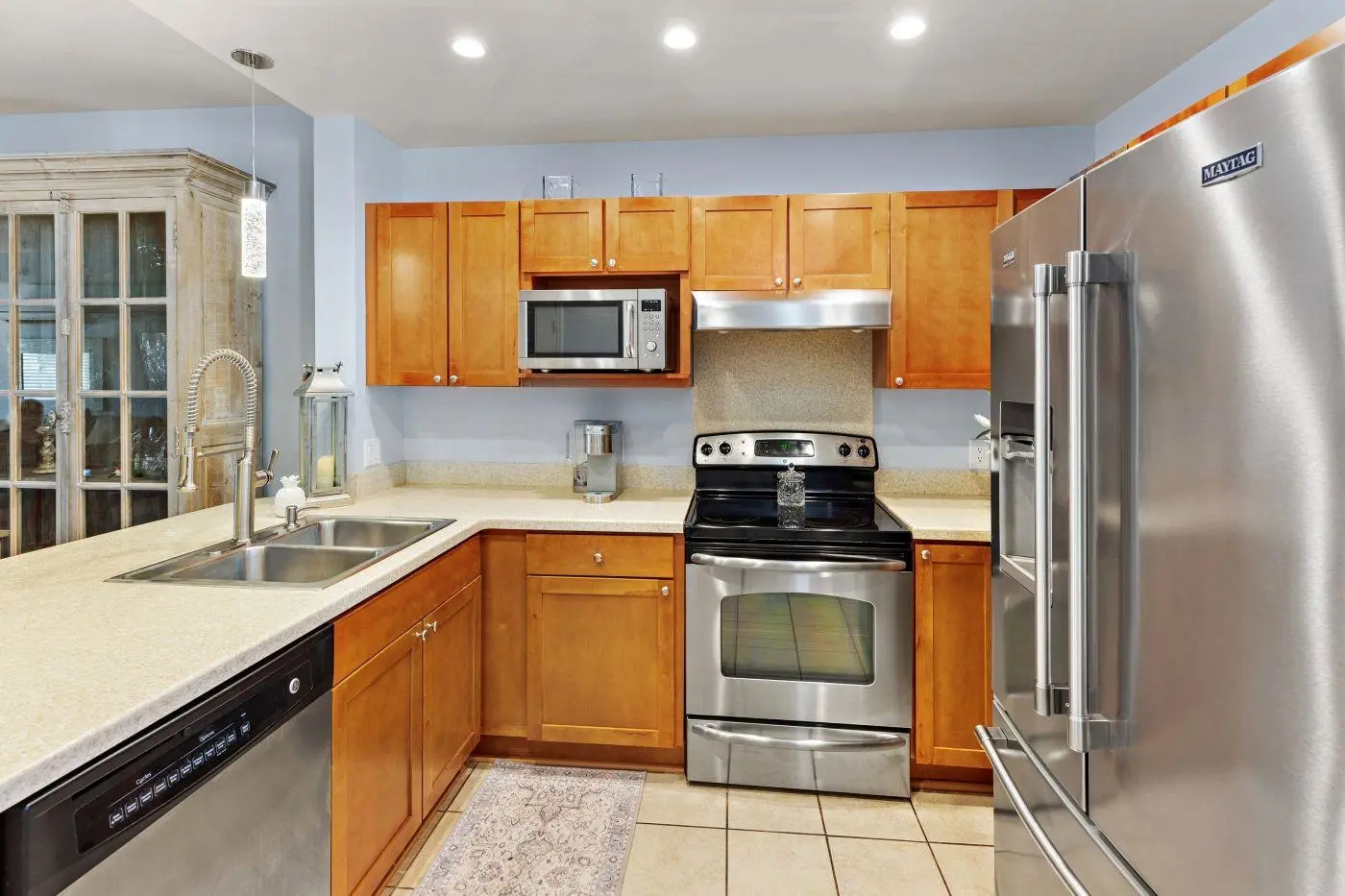

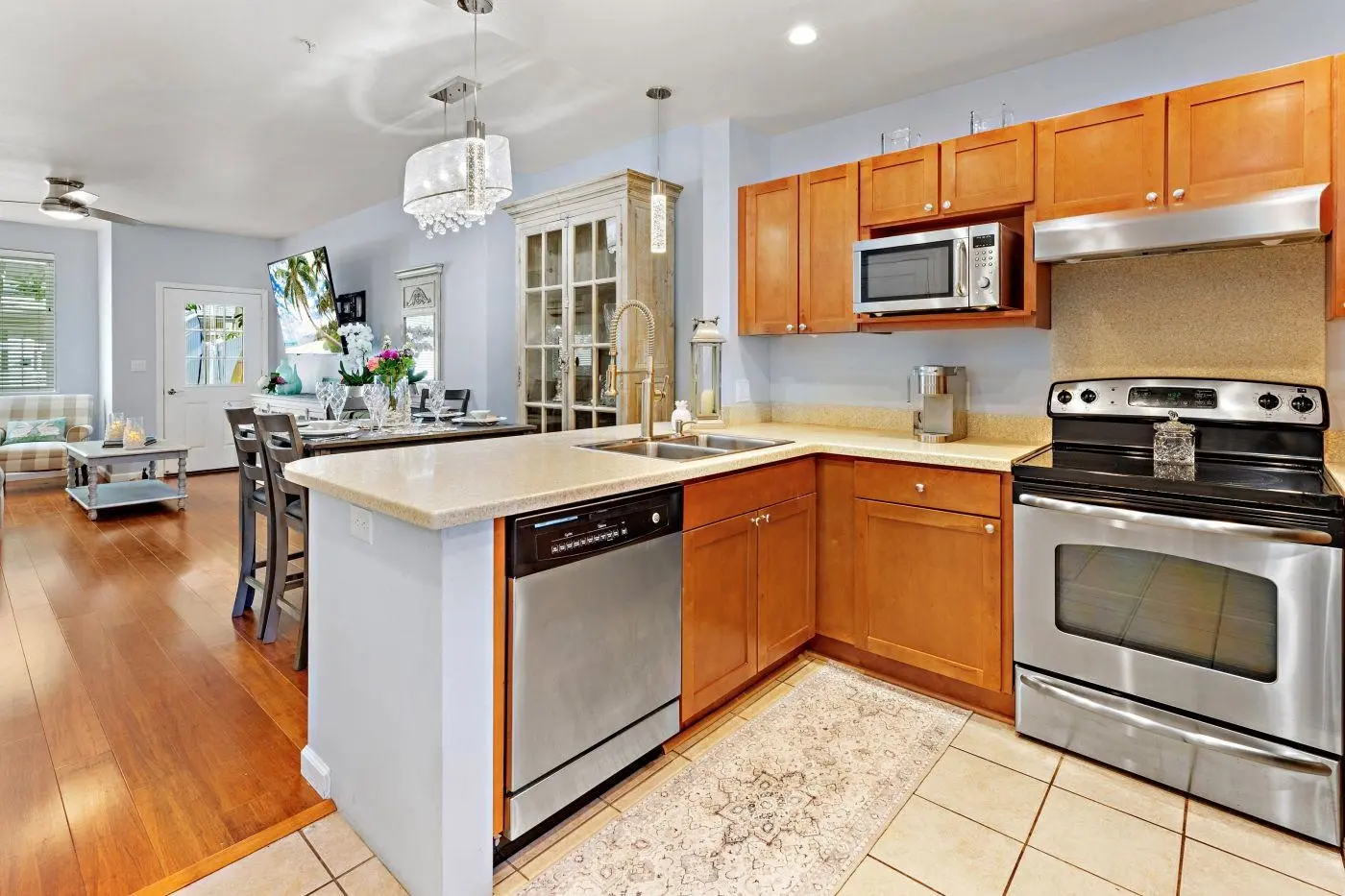








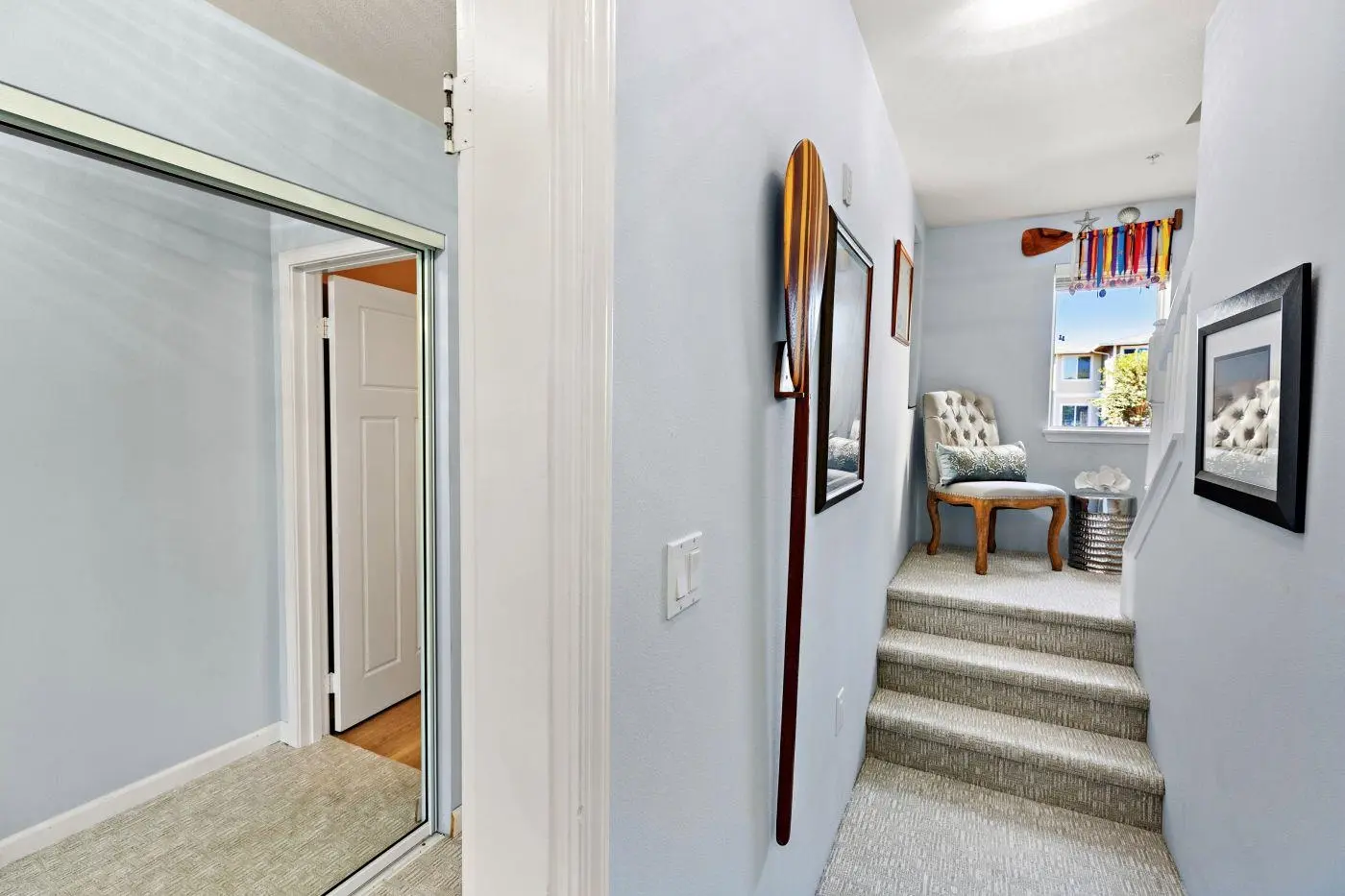


















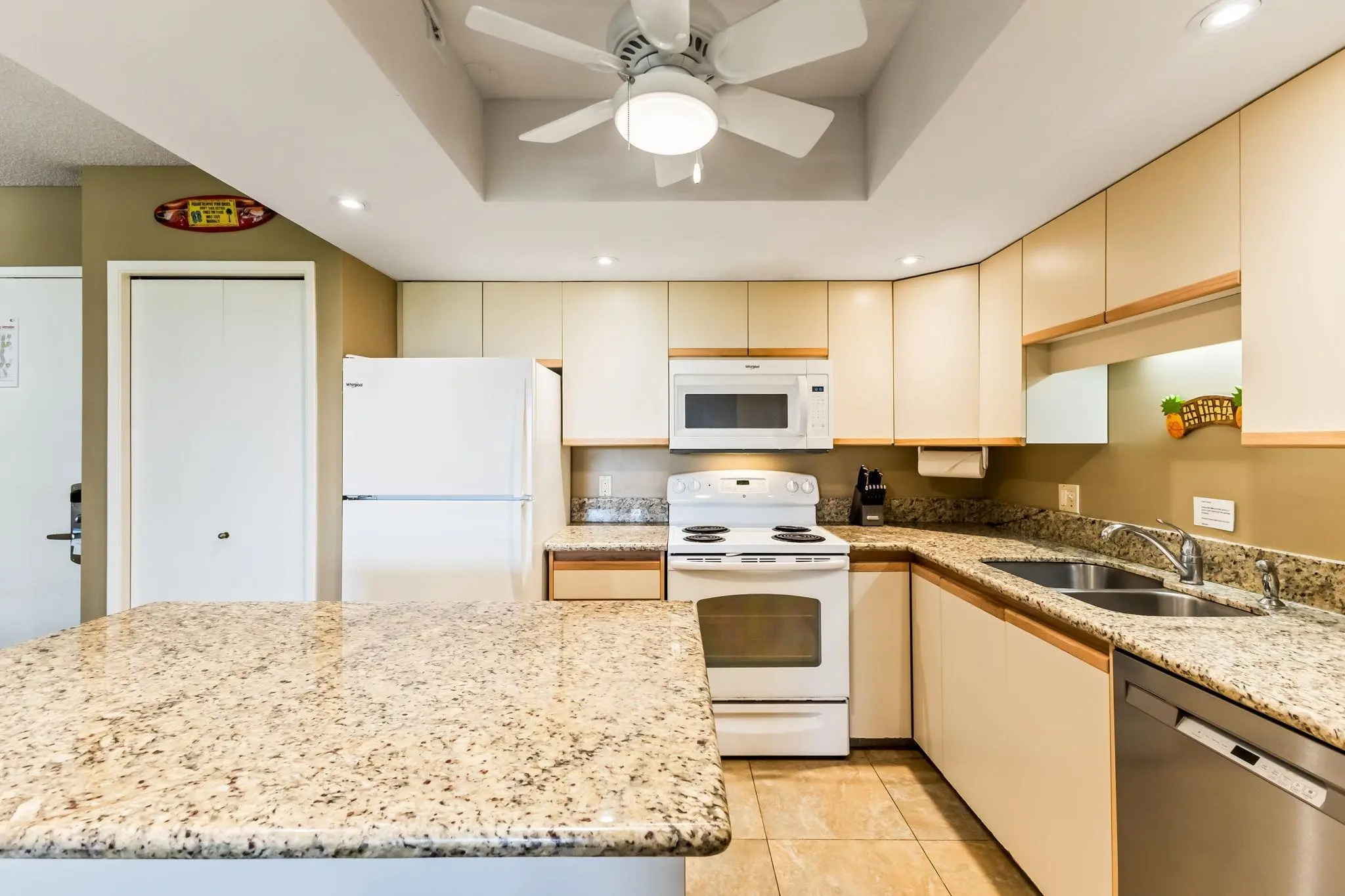



























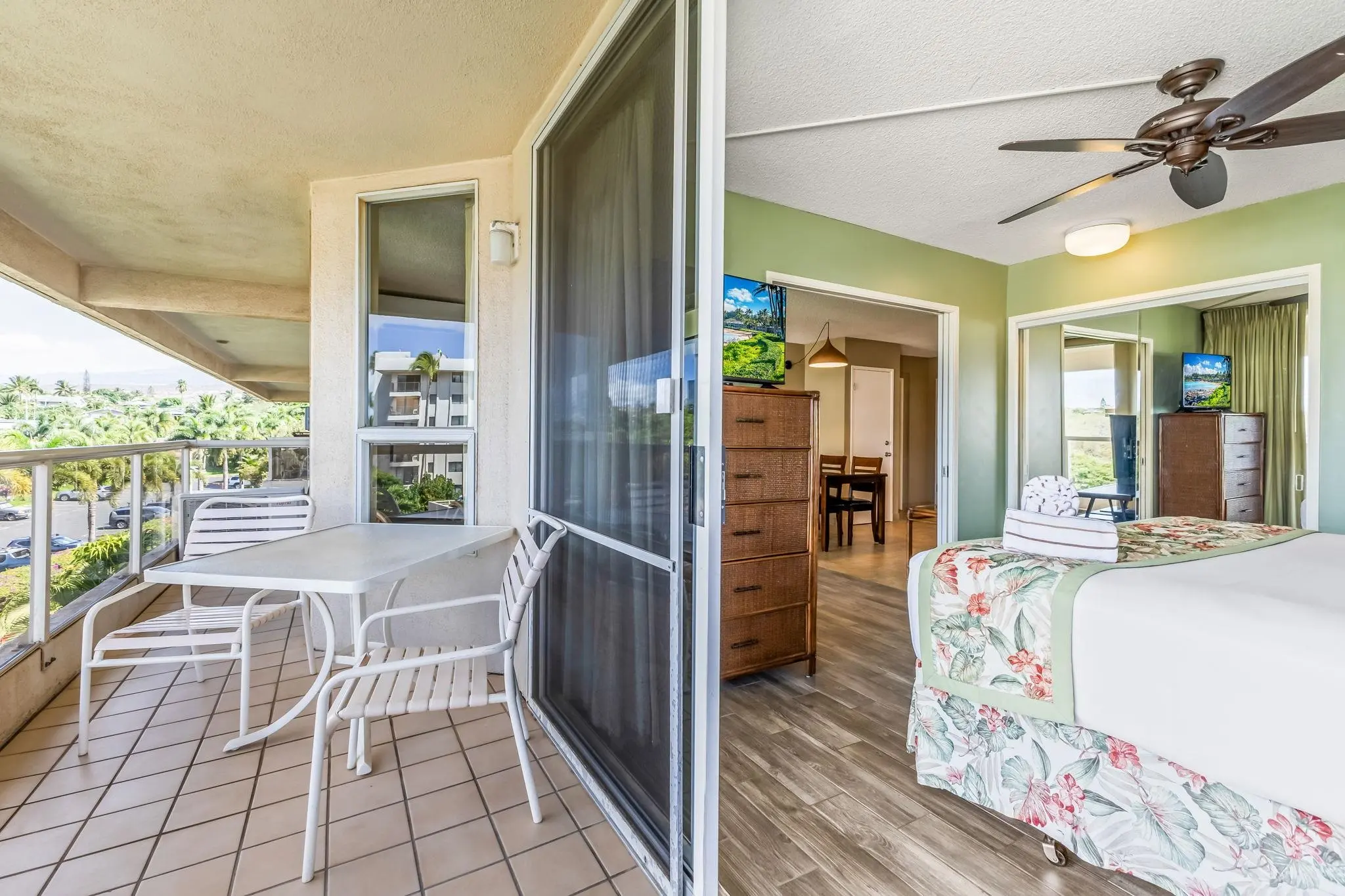




































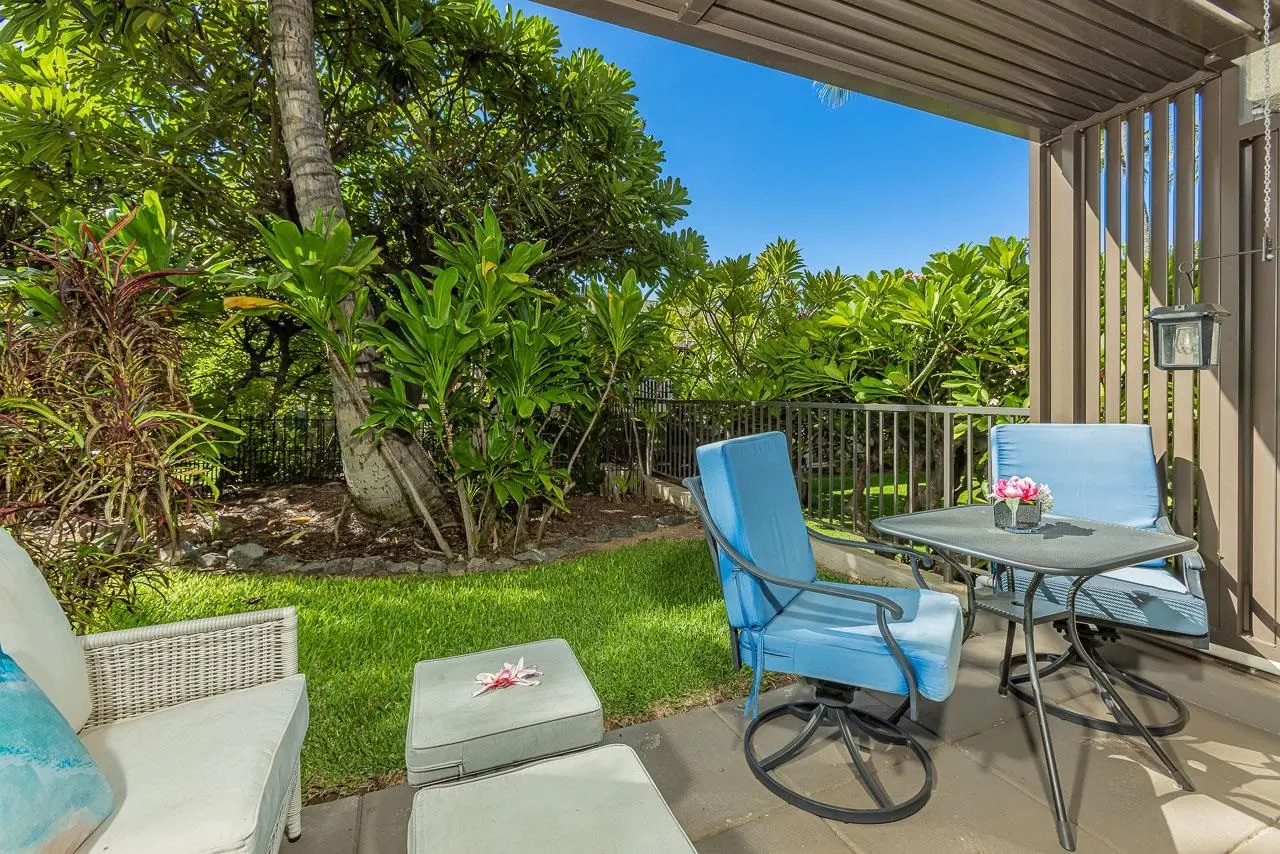

















Leave A Comment